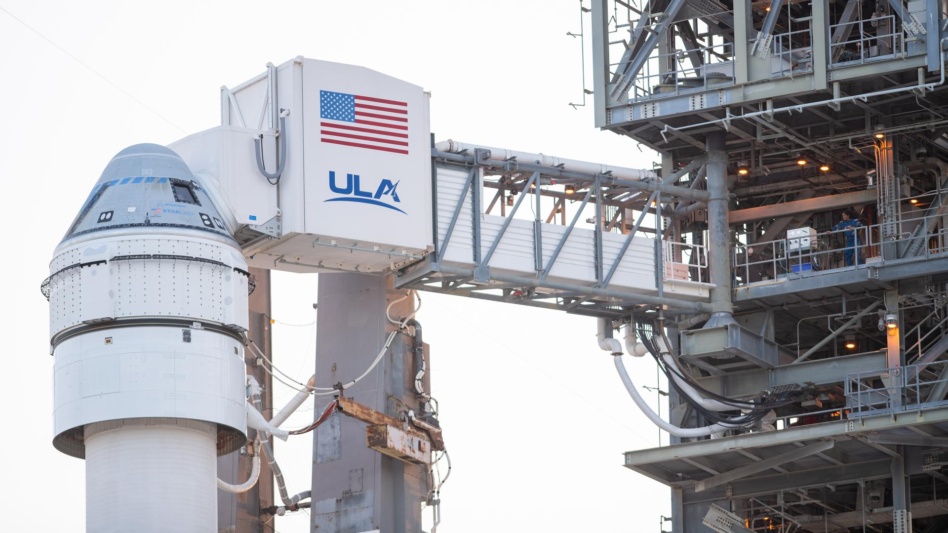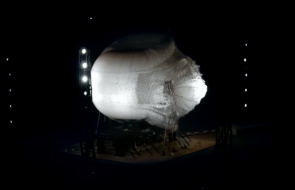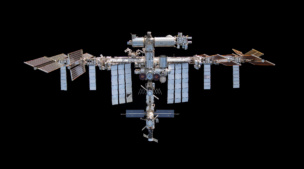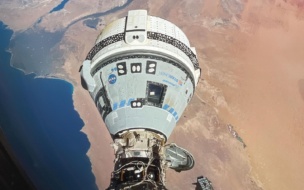Boeing and NASA discovered a “design vulnerability” in how the Starliner capsule’s propulsion systems are used to return to Earth, but are still working toward a crewed flight on June 1.
“This is not a safety of flight issue,” Boeing Starliner executive Mark Nappi said in a press conference Friday after days of silence from officials on what was causing the delay. NASA and Boeing officials will conduct another flight readiness review next week ahead of Starliner’s long-awaited crewed test flight.
Another one: After scrubbing a launch attempt on May 6 to replace a overworked valve in the Atlas V rocket that will carry Starliner to space, engineers identified helium leaking from a manifold in the propulsion system built by Aerojet Rocketdyne, a subsidiary of L3Harris.
As they analyzed that problem, they found another issue: Starliner typically uses its more powerful orbital maneuvering thrusters to deorbit, in either a four-thruster or a two-thruster configuration. The back-up to those methods is using eight reaction control thrusters, which are normally used for smaller maneuvers.
Steve Stich, who leads NASA’s commercial crew program, said engineers realized that “for certain failure cases that are very remote”—the loss of two of the four thruster assemblies around the capsule, called doghouses—the vehicle could be unable to return to Earth.
“Should we have seen this earlier?” Stich asked. “Maybe in a perfect time frame…my memory from shuttle is we had certain failure cases where we identified some kind of redundancy issues.”
Solutioneering: NASA, Boeing, and Aerojet engineers spent subsequent days running analyses to understand the situation.
- The team determined that the helium leak is most likely due to a defect in a seal within the manifold or its incorrect installation, and they believe it is not a common design issue across the 27 other components in the vehicle. They plan to fly with it: Replacing the seal would take too long, and Boeing engineers are confident they could complete the flight with even a complete blow-out.
- The engineers also devised an alternate method that would allow Starliner to return to Earth with just four of its reaction control thrusters, instead of eight. That would allow it to survive the loss of two adjacent doghouses.
What’s next? If the June 1 launch date falls through, Starliner has a few more launch opportunities on June 2, 5 and 6, but any more delay could require the Atlas V rocket to stand down to replace time-limited elements of its flight termination system. That, in turn, could lead to more delay thanks to activity at ISS.




